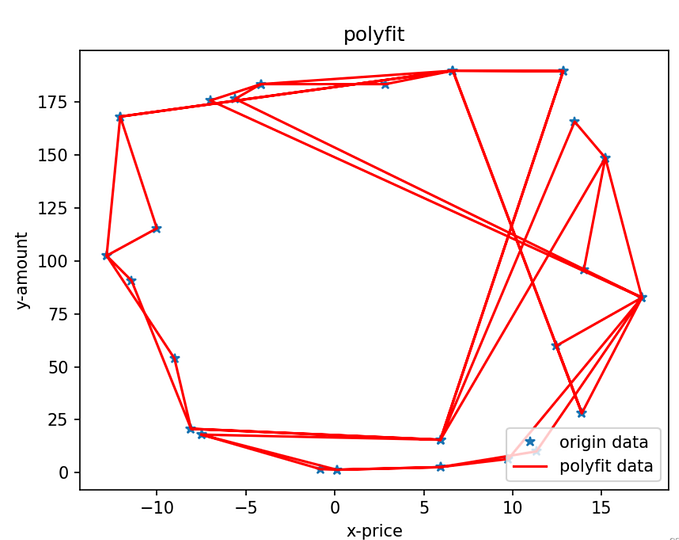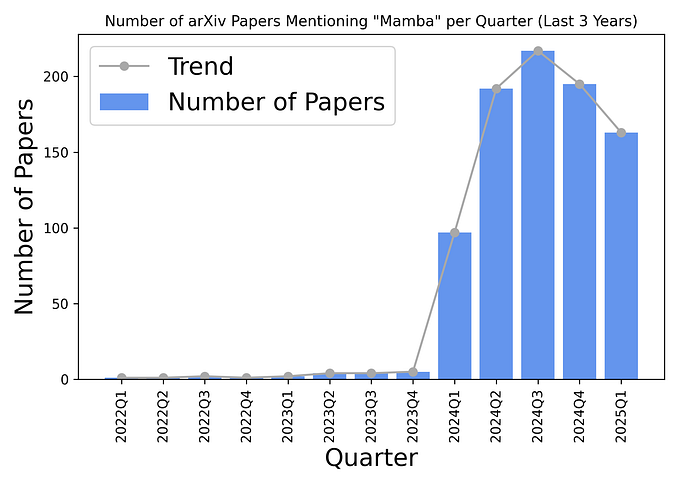Creating Seamless User Journeys: Best Practices and Examples
Mastering User Journeys with Practical Insights and Real-life Cases…
Introduction:

In today’s digital landscape, creating a seamless user journey has become a critical aspect of ensuring a positive user experience. A well-designed user journey guides users through every step of their interaction with a product or service, from the initial discovery phase to the final conversion. In this article, we’ll delve into the best practices for creating seamless user journeys and provide real-world examples to illustrate these concepts.
Understanding User Journeys:

A user journey encompasses the series of steps a user takes to achieve a specific goal, such as making a purchase, signing up for a service, or seeking information. To create a seamless user journey, it’s essential to:
- Define User Personas:

Identify your target audience and create detailed user personas. Understanding your users’ needs, preferences, and pain points will enable you to tailor the journey to their expectations.
2. Map the User Journey:

Visualize the entire user journey, from the first touchpoint to the final conversion. This map should highlight key touchpoints, interactions, and potential drop-off points.
3. Prioritize Clarity and Simplicity:

Keep the user journey as simple and intuitive as possible. Clearly label navigation options, minimize the number of steps, and eliminate unnecessary information.
4. Consistency Across Platforms:

hether a user interacts with your product on a website, mobile app, or social media, the experience should remain consistent. Maintain a cohesive design, messaging, and functionality across all platforms.
Best Practices for Seamless User Journeys:
- Mobile-First Design:

Given the prevalence of mobile device usage, prioritize designing for mobile users. Ensure responsive design and optimize the user journey for smaller screens.
2. Streamlined Onboarding:

Make the onboarding process straightforward and concise. Guide users through essential features and benefits to help them quickly understand your product’s value.
3. Clear Call-to-Actions (CTAs):

Place well-defined CTAs at strategic points along the user journey. Use action-oriented language and visually distinguish CTAs to prompt user actions.
4. Personalization:

Incorporate personalization based on user preferences and behavior. Recommend relevant content, products, or services to enhance engagement.
5. Feedback and Validation:

Provide real-time feedback to users after they complete actions. Inform them about successful actions and guide them when errors occur, enhancing their confidence in using your platform.
6. Minimize User Effort:
Eliminate unnecessary steps or information fields during processes like sign-ups or checkouts. Utilize smart defaults and autofill options to reduce user effort.
7. A/B Testing:

Continuously perform A/B testing to identify areas for improvement. Test different layouts, CTAs, and messaging to optimize user engagement and conversion rates.
Examples of Seamless User Journeys:

1. Airbnb:
Airbnb’s user journey is characterized by its intuitive search functionality, personalized recommendations, and transparent booking process. The platform guides users from discovering unique accommodations to completing a reservation, providing a seamless experience at every step.

2. Amazon:
Amazon’s one-click ordering, personalized product recommendations, and hassle-free returns exemplify a user journey focused on convenience and ease of use. Users can effortlessly discover, purchase, and manage their orders.

3. Spotify:
Spotify’s user journey is designed around personalized music discovery. The platform offers tailored playlists, easy music sharing, and a simple transition between devices, ensuring users can enjoy their favorite tunes seamlessly.
Conclusion:
Creating seamless user journeys requires a deep understanding of user needs and behaviors. By following best practices like mobile-first design, clear CTAs, and personalization, businesses can craft experiences that guide users toward their goals effortlessly. The examples of Airbnb, Amazon, and Spotify highlight how leading companies have successfully implemented these practices to create user journeys that leave a lasting positive impression. Remember, a well-executed user journey can be a significant competitive advantage in today’s digital landscape.
👍Thank you for Reading😍…










